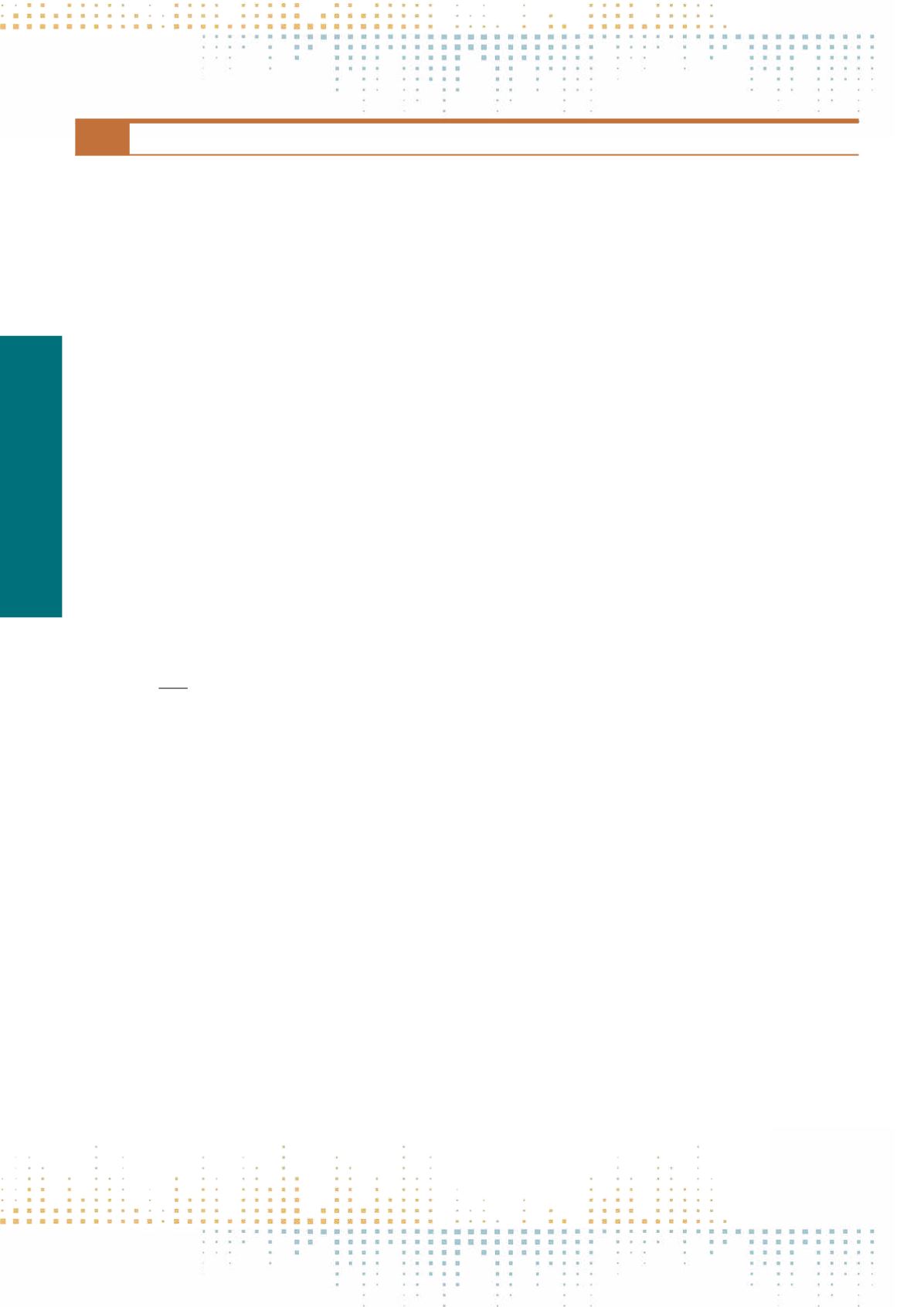

26
Friday, November 11
1 6 : 0 0 – 1 7 : 3 0
ARS10
The Scope of Audience Research: Findings froma ThemeMapping Exercise by the CEDARNetwork
A. Jorge
1,2
1
Catholic University of Lisbon, Communication and Culture Research Centre, Lisbon, Portugal
2
CICS.NOVA, Lisbon, Portugal
This international panel presents results from the research done by CEDAR (Consortium on Emerging Directions of Audience Research) – a 14 country Euro‑
pean consortium of young audience researchers working to map trends, gaps and priorities emerging over the past decade (2005–2015) in the field of au‑
dience research, funded by the AHRC, UK. Based on a mapping exercise of audience research, four papers critically discuss boundary-making and shifting
formations defining the field, highlighting specific gaps and uncertainties. A cross-generational dialogue is ensured through the two respondents.The rapid
uptake of new technologies has left audience researchers both enthused and confused. While some have proclaimed to leave the arena of‘audience studies’
to ‘new media (user) research’, and some have claimed that we are in a ‘post-audience’ age, the others continuing working within the field have not yet
identified a core set of priorities and concepts to address the wide variety of media forms and technologies available today. In this panel, the organisational
and methodological work of CEDAR is presented by Das and Ytre-Arne, to contextualise the results from the inductive and deductive analyses of audience
research. The coordinators of the network present some general findings of the mapping exercise organised in thematic clusters (texts and audiences,
design interfaces and platforms, methods and methodology, audience experiences, and publics and participation). The next three papers offer bird’s eye
views on some of those clusters, and highlight key themes and main findings concerning the scope and definition of audience research. Stehling and Finger
look at comparative studies. They detect the trend of combining cross-media and cross-country analyses, discussing on the one hand the methodological
and theoretical challenges for this area; and on the other hand arguing that comparing shall be seen as integral part of future audience studies in the light
of new developments of convergence and globalization. Next, Kaun et al. turn the focus on to the invisible – audiences who have not been studied, or
studied only marginally in the midst of a rich and buzzing field. Their inquiry into the invisibility of certain audiences hones in on post-socialist audiences,
working class audiences and very young audiences, and on lurking or unintended audiences. Finally, Mathieu et al. explicitly explore the methodological
and disciplinary boundaries of audience research, as they resort to interactive interviews with scholars who are differentially positioned towards audience
research. They argue that audience research has organised its “borders”and its interactions with other fields of inquiry throughout interdisciplinarity, nor‑
mativity and contextuality. Their methodology offers a complement to the literature review conducted under CEDAR, bringing reflection on methodologies,
knowledge interests and claims that can be conceived within audience research. Lastly, Sonia Livingstone and Kim Schrøder will stand as respondents to this
panel, from their viewpoint of senior academics in the field, discussing the results in terms of its implications for audience research, as well as contributing
to the second phase of the network’s work, foresight analysis.
PN 196
An Experiment in Cross-National, Qualitative Stock-Taking: Lessons from the First Phase of the CEDAR Consortium’s Work on Media
Audiences
R. Das
1
, B. Ytre-Arne
2
1
Leicester University, Media and Communication, Leicester, United Kingdom
2
University of Bergen, Bergen, Norway
In this paper we bring together insights from the first year of research done by the Arts and Humanities Council of UK funded network – Consortium
of Emerging Directions in Audience Research. Bringing together 33 researchers from 14 countries, CEDAR has set out to (1) first, in 2015, map emerging
themes in inter-related areas of audience studies as the field has rapidly transformed and morphed over the past decade and (2) second, over 2016–17,
create a foresight agenda to outline priorities for the future of the field. In this paper we address some of the challenges we have faced in our first phase
– about conducting qualitative research across cross-national teams dealing with a vast and sometimes ill-defined body of literature, the systemic and
organisational challenges that faced this network of early career researchers, methodological challenges in mapping a field as diverse and difficult to define
as audience studies, and the value created out of this work. In the second part of this paper we address some substantial issues concerning the outcomes
that have been generated by the network in its first year. We go through the intellectual logic of the work done by CEDAR inside and across its research
clusters. We present results from the consortium’s work - on texts and audiences, design interfaces and platforms, methods and methodology, audience
experiences, and publics and participation to outline ways in which people have been engaging with their media environments, to what purposes, and in
which ways – for this has all been changing over the past decade, reflecting not only the affordances of media technologies around us, but the diverse ways
in which people use the media in personal relationships, across distance and boundaries, and always, for a variety of personal, communal, political and civic
purposes. We try to present why, ultimately, as it stood in 2015–2016 – audience research could only be defined by the network with great difficulty, for
it had spread its roots amongst a variety of sub-fields and new fields (with which CEDAR has engaged), and yet – people continued to do (their own kind
of) audience research. So what had happened over the past decade that would allow audience researchers today to make sense of what the field looks like
now?Which were the burning conversations and what new paradigms of looking at the field were being proposed? In this paper, the directors of the CEDAR
network address these issues while paying attention to the challenges presented by the very structure and nature of its own endeavour.



















